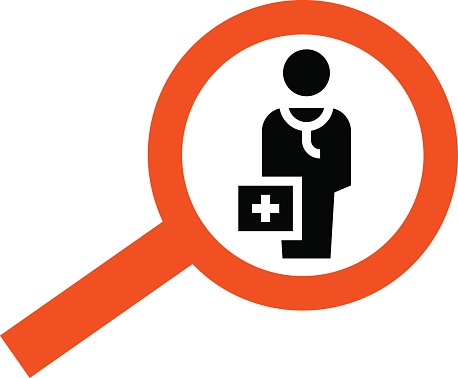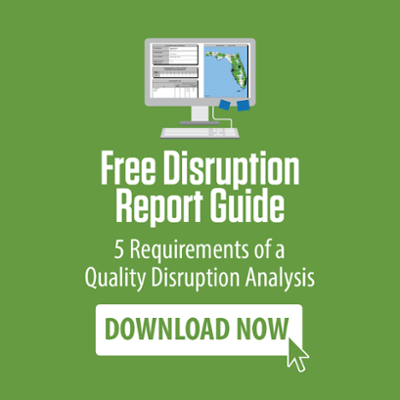By Alissa Gavrilescu on Apr 13, 2018 9:17:00 AM
One of the most common questions your groups, and their employees, ask when evaluating new benefits is: is my dentist in the network? It’s one of the reasons you ask for GEO access reports and disruption analyses when quoting. And there’s good reason to care about a carrier’s dental network size:
- 82 percent of Americans have long relationships with their doctors
- Americans see the same provider for an average of 9.4 years – they are loyal to their doctor
- 70% of Americans said it is important that their doctor be nearby their home or office
- 78 percent of Millennials want to have a long-lasting relationship with their doctor. This generation will make up over 50 percent of the workforce by 2020.
Network size isn’t all that matters. Understanding the nuances of dental network measurement makes a difference in your evaluation. Plus, finding the right mix of rich benefits, cost sensitivity and wide network access is important work. Here’s three key tips to evaluating dental networks with ease:
1) Find a Single Data Source
It might seem like each carrier counts their network a different way. So, when comparing networks for your clients, Netminder is an unbiased tool you can use to measure true network size.
Netminder, the industry leader in aggregating carrier networks, ranks and compares dental networks by size, type (DHMO, DPPO), location, and company. This is an independent third-party tool that provides you with unbiased network sizes.
2) Offices, Providers or Access Points?
When comparing network size, you can slice and dice the data a few ways. It’s important to understand the nuances of network numbers when comparing carrier data.
Why? Network size can be measured by access points, locations or providers; each measurement yields a wide variance in size. Simply put: be sure you’re comparing apples to apples.
- Dental Access Points measure the number of providers at an office location. For example, if Dr. Smile practices at MyTown Dental’s three office locations, this constitutes three access points.
- Dental Offices (or locations) measure the number of provider offices in a given network, regardless of how many providers practice inside the office.
- Unique Providers measure the number of dentists in a network. When looking at unique providers, it’s important to know that each provider is counted only once, unlike with access points where the provider is counted for each dental office he or she practices.
3) Big practice or local practitioner?
Carriers you’re considering should have a healthy mix of local dental offices and large dental practice management (DPM) or Dental Service Organizations (DSO) to serve the needs of your employer group. This ensures your group’s employees have access to an array of provider office experiences as well as office hours to meet their schedule.





comments